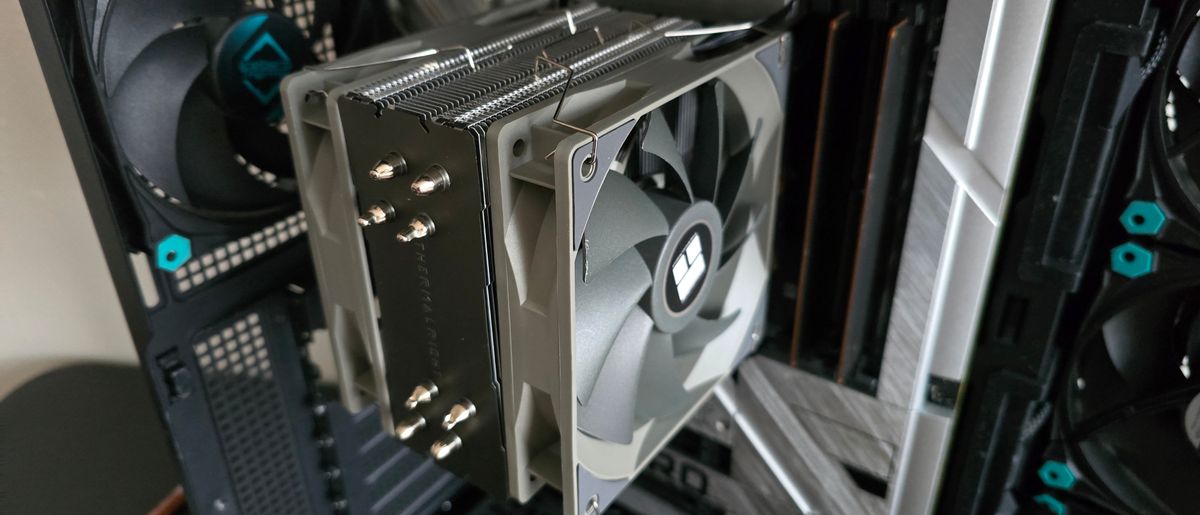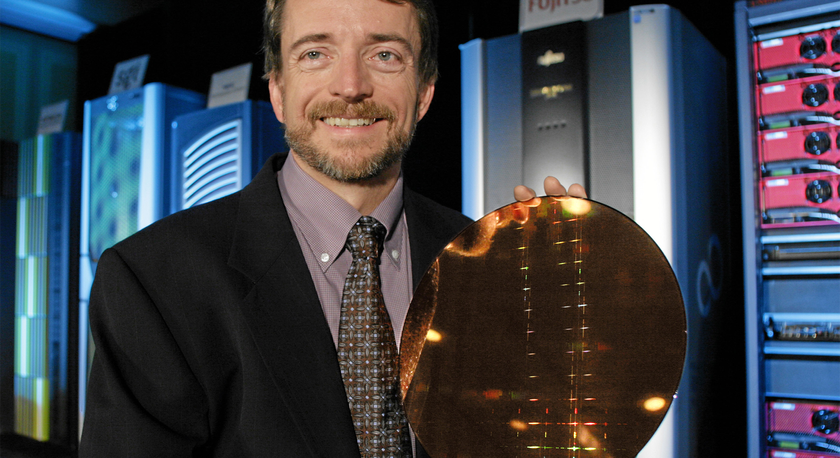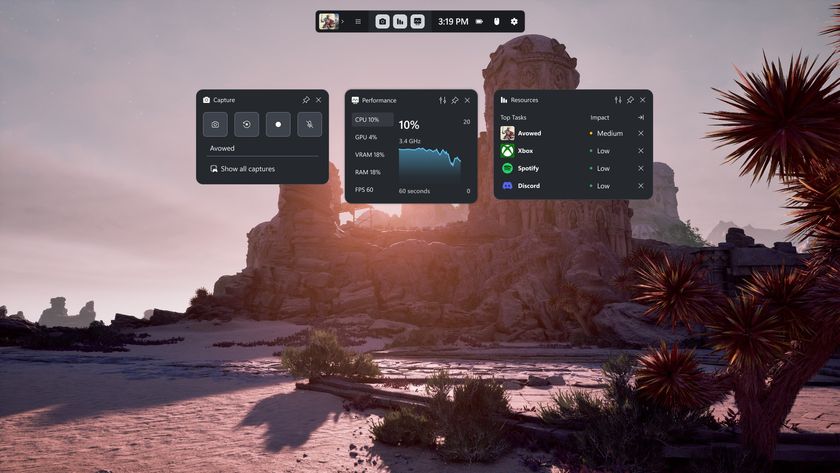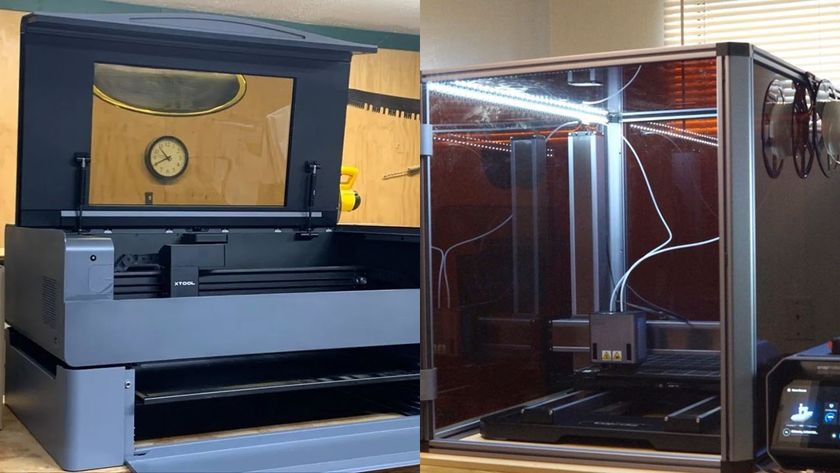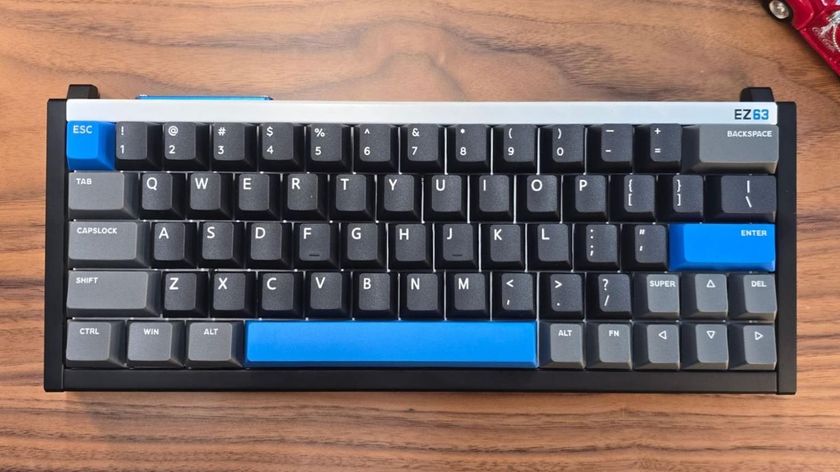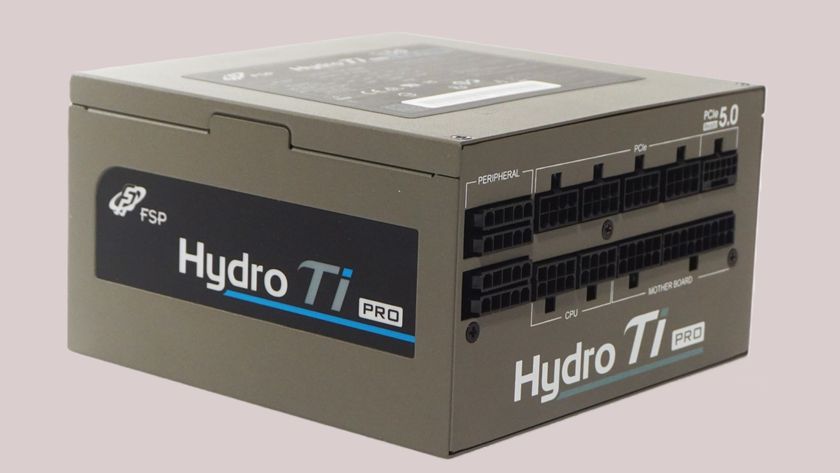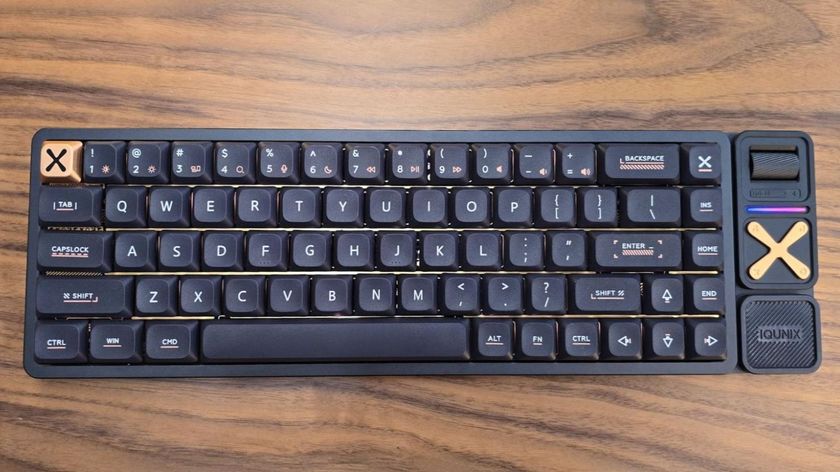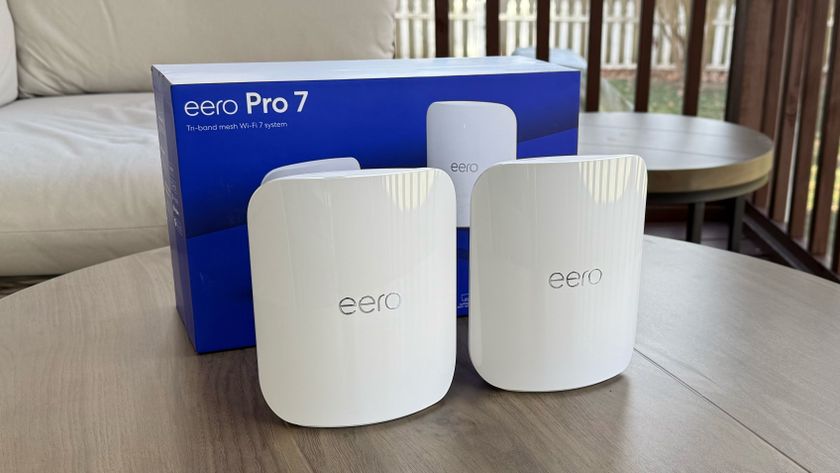Why you can trust Tom's Hardware
CPU-only thermal results without power limits
Without power limits enforced on Intel’s Core Ultra 9 285K and i7-14700K CPUs, the CPU will hit its peak temperature (TJ Max) and thermally throttle with even the strongest of air coolers. Because the CPU reaches its peak temperature with entry level coolers like the one we’re looking at with this review, I’ve measured the CPU package power to determine the maximum wattage cooled to best compare their performance – so you won’t see results in this graph comparing it to the strongest liquid coolers on the market.
It’s important to note that thermal performance can scale differently depending on the CPU it’s being tested with.
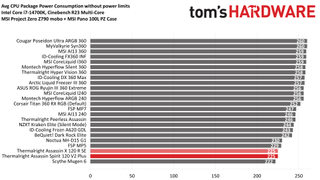
Looking at the results here with Intel’s “Raptor Lake” Core i7-14700K, the average watts cooled was 225. This is what I would expect from an entry-level air cooler, and to be honest it’s hard to expect more from a $22 cooler – I had hoped that the rear fan would have provided a thermal improvement that would distinguish itself from competitors, but it did not.
It is important to remember that CPU coolers can scale (and perform) differently depending on the CPU it is paired with due to differences in manufacturing processes and the location of hotspots on the CPU – and it seems that this cooler performs better with Arrow Lake.
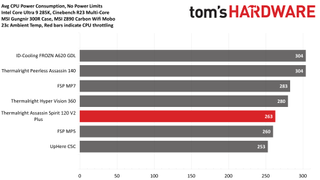
Looking at the results with Intel’s Core Ultra 9 285K, Thermalright’s Assassin Spirit 120 V2 Plus takes a small lead over its competitors from FSP and MP5 when paired with Arrow Lake – that’s probably due to the inclusion of the rear fan.
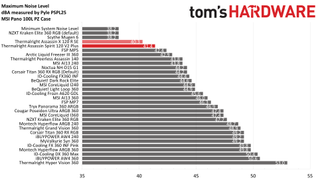
When it comes to maximum noise levels, the Assassin Spirit 120 V2 Plus is one of the quieter options on the market – reaching only 41.4 dBA! This is a nice touch, as many of the cheapest air coolers with dual fans can get quite noisy.
CPU-only thermal results with noise normalized to 38.9 dBA
Finding the right balance between fan noise levels and cooling performance is important. While running fans at full speed can improve cooling capacity to some extent, the benefits are limited and many users prefer a quieter system.
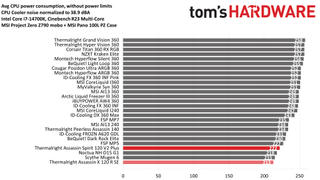
For this test, I’ve set the noise levels of the air cooler to reach 38.9 dBA. Thermalright’s cooler performed well enough in this scenario, cooling 222W – a loss of only 3W compared to the fans running at full speed! However, it was still slightly behind FSP’s closest competitor, the MP5.
253W results
My recent reviews have focused more on tests with both the CPU and GPU being stressed, but many of y’all have indicated that you would like to see more CPU-only tests. In response, I’ve started testing Intel’s “Arrow Lake” Core Ultra 9 285K with a 253W limit.
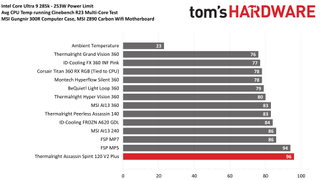
The results here aren’t very impressive. The CPU averaged 96 degrees C, but occasionally peaked at TJ Max. That’s a little bit behind FSP’s MP5, but not by much. I don’t want to make any judgments here though, because this chart only contains one comparison of a single tower cooler, and for its price I’m not expecting jaw-dropping thermal performance from Thermalright’s Assassin Spirit 120 V2 Plus. This is an entry-level cooler, and so expectations need to be set accordingly.
135W CPU + 290W GPU results
Testing a CPU Cooler in isolation is great for synthetic benchmarks, but doesn’t tell the whole story of how it will perform. I’ve incorporated two tests with a power limit imposed on the CPU, while also running a full load on MSI’s GeForce RTX 4070 Ti SUPER 16G VENTUS 3X.
The CPU power limit of 135W was chosen based on the worst CPU power consumption I observed in gaming with Intel’s Core Ultra 9 285K, which was in Rise of the Tomb Raider.
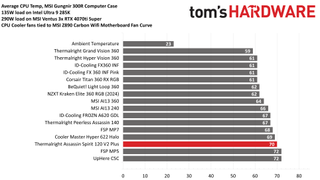
In this test, we’ve got two comparison single tower coolers other than Thermalright’s Assassin Spirit 120 V2 Plus – and it outperforms both of them. That’s a win for Thermalright!
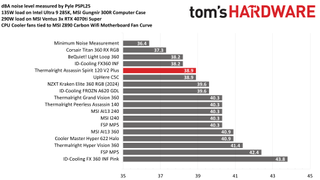
Not only does the Assassin Spirit 120 V2 outperform its entry-level competitors in thermal measurements, but noise measurements are great here as well – reaching only 38.9 dBA as opposed to the 40.3 dBA of FSP’s MP5.
85W CPU + 290W GPU results
Our second round of CPU + GPU testing is also performed with Arrow Lake. The power limit of 85W was chosen based on typical power consumption in gaming scenarios using the Core Ultra 9 285K CPU. This should be fairly easy for most coolers, the main point of this test is to see how quietly (or loudly!) a cooler runs in low-intensity scenarios.
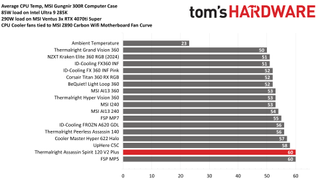
With a CPU temperature of 60 degrees C, the thermal performance here was alright but not impressive. But again – this is an entry-level cooler we’re looking at. Noise levels were good in this test, averaging only 38.2 dBA.
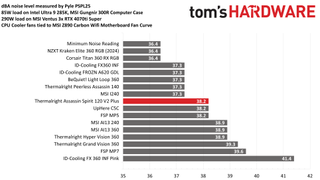
Conclusion
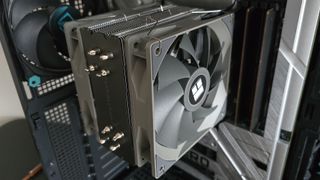
Thermalright’s Assassin Spirit 120 Plus V2 is an entry-level, single-tower air cooler that provides good value, priced at just $22 in the US. What more can I say? Most mainstream users and gamers will be well served by this cooler.

Albert Thomas is a contributor for Tom’s Hardware, primarily covering CPU cooling reviews.
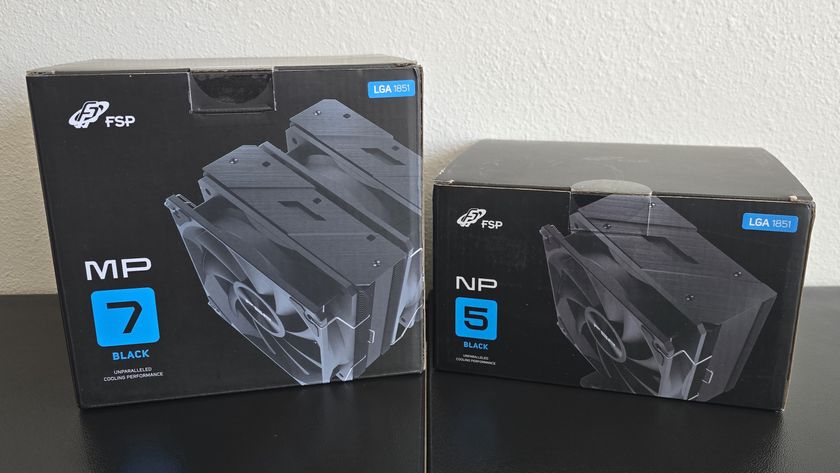
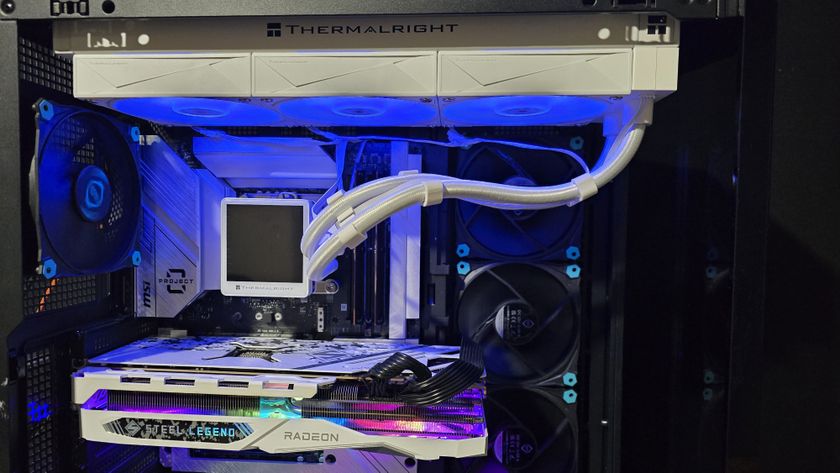
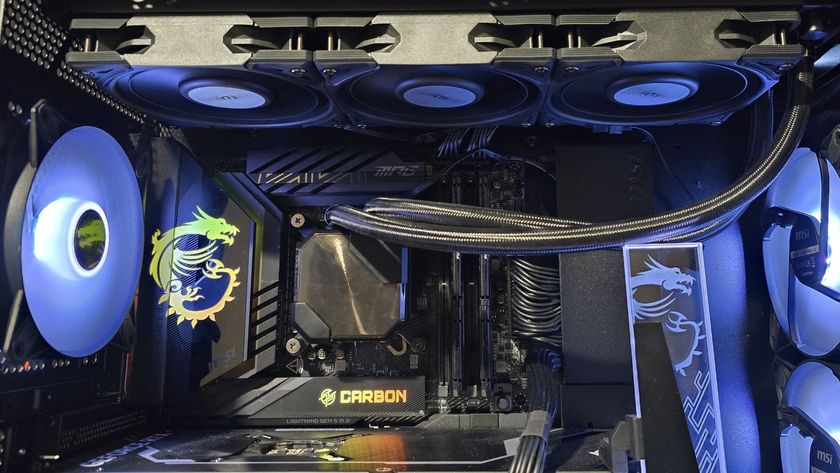
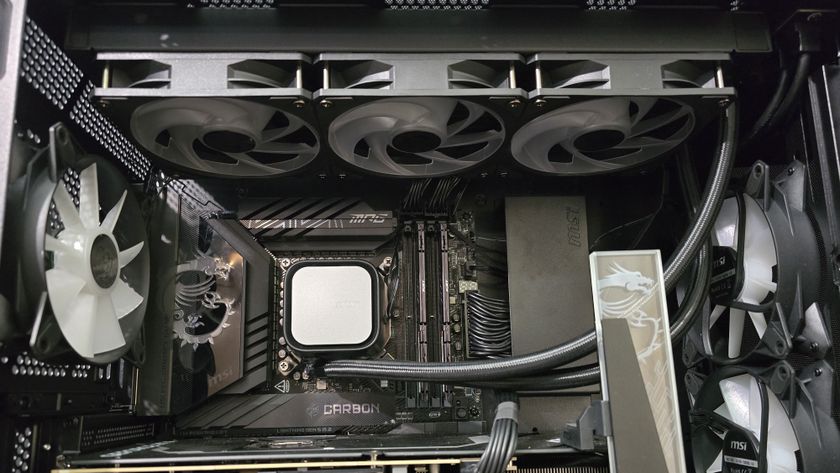
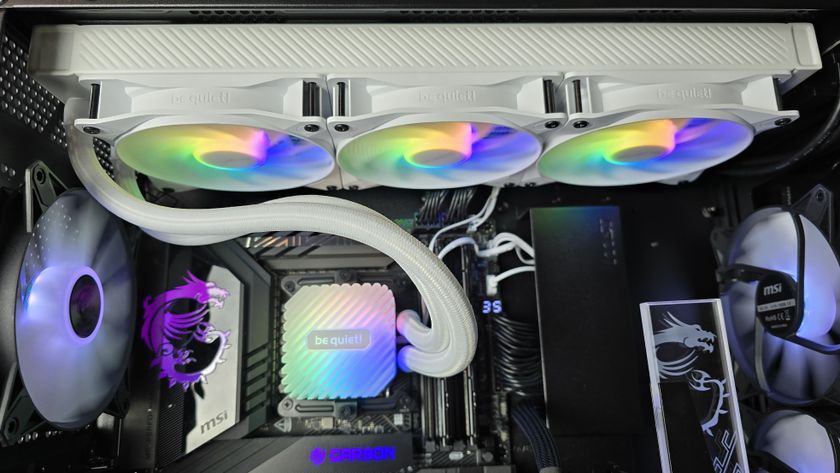
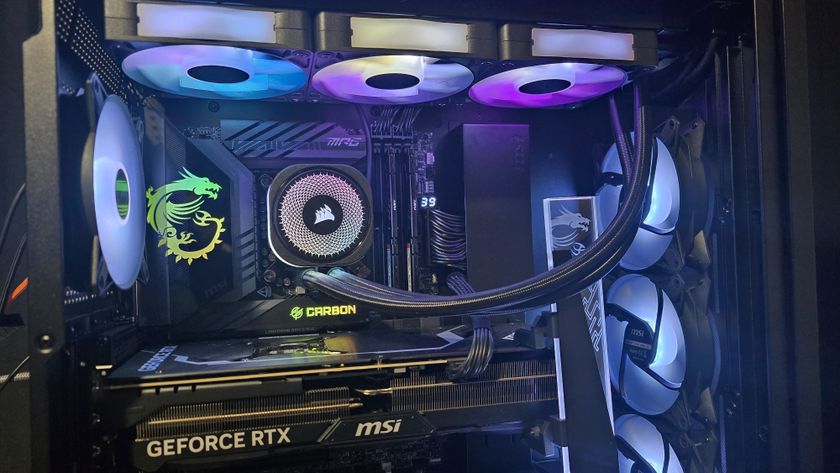
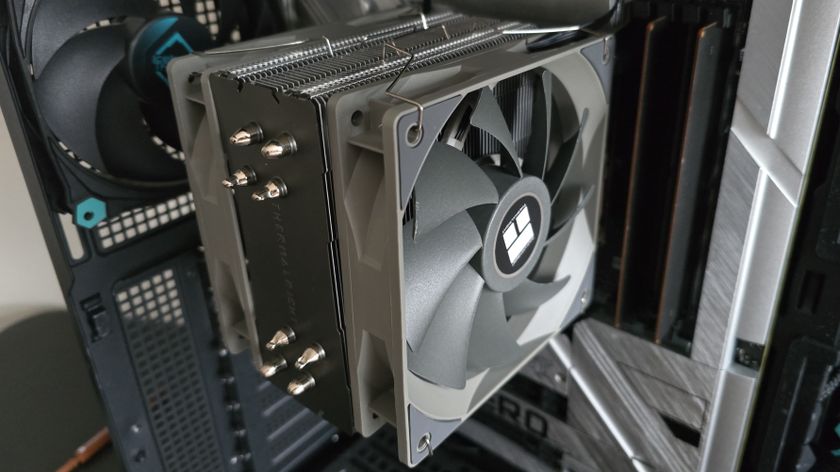

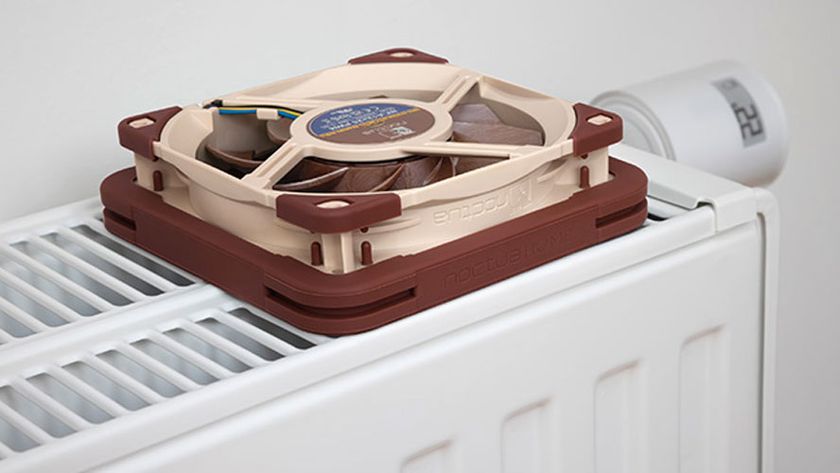
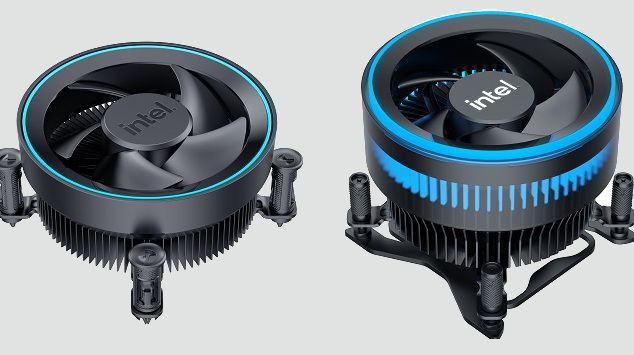
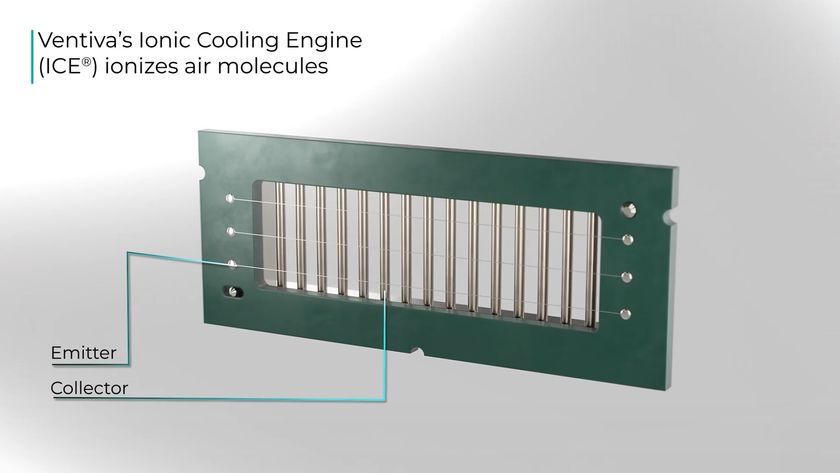
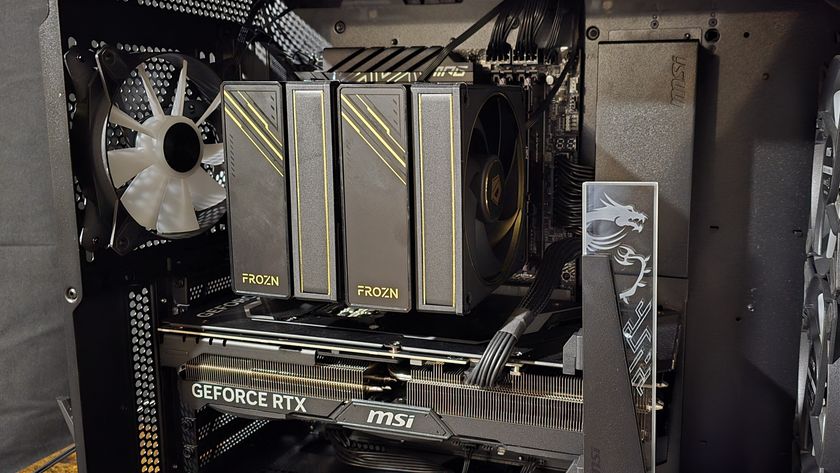
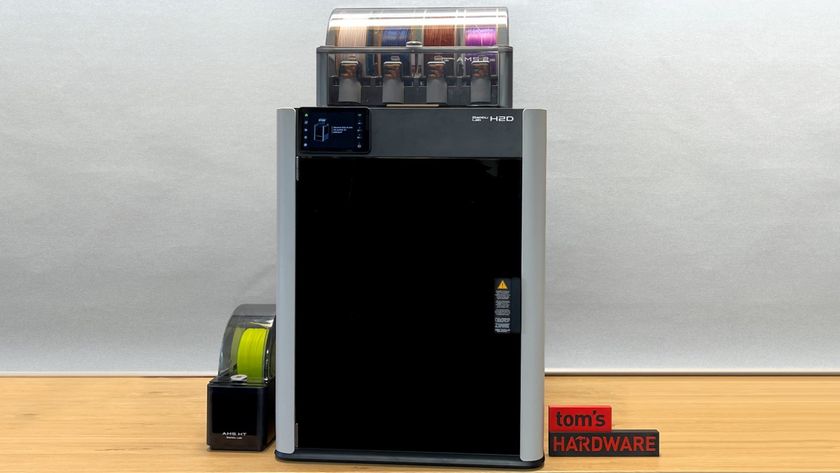
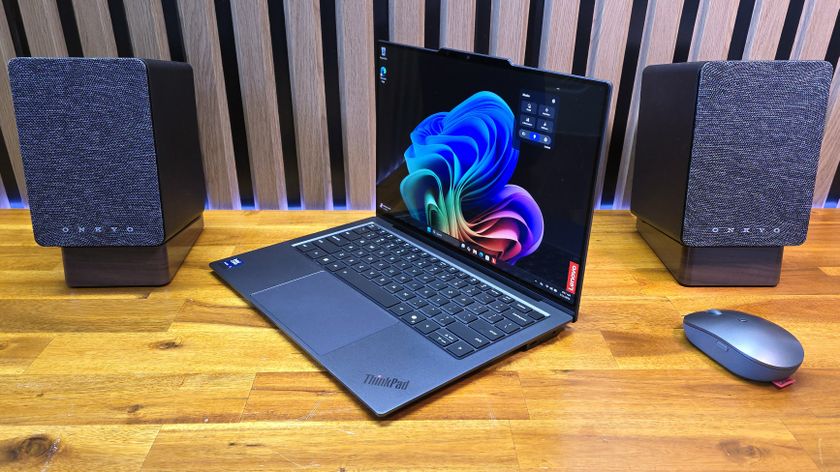
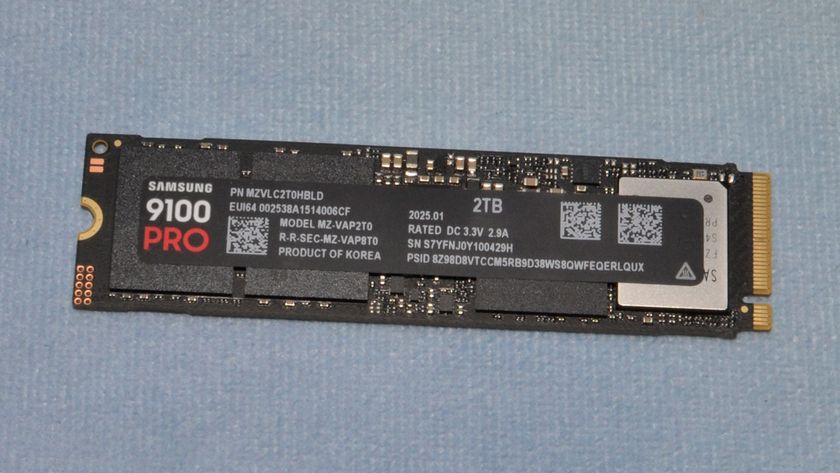


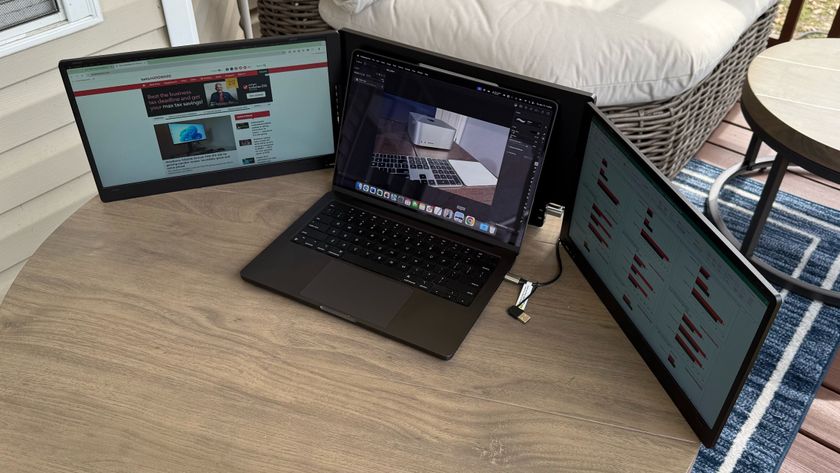
-
thestryker Seems like the biggest advantage to this over one of the single fan models would be better cooling at lower noise level. It's still nice to see the budget area having real options worth getting.Reply
I'm still really curious how the ones with the cold plate, like the Assassin X 120 PLUS V2, fare when compared to similar direct touch. Since they're all in the same general price range I think that'd be an interesting comparison so folks would know which design to look for from Thermalright. -
thestryker Reply
Absolutely! I had to go look that one up because the one with a cold plate I remembered was actually one of the 5 heatpipe models not 4.Albert.Thomas said:Thermalright has so many SKUs.
